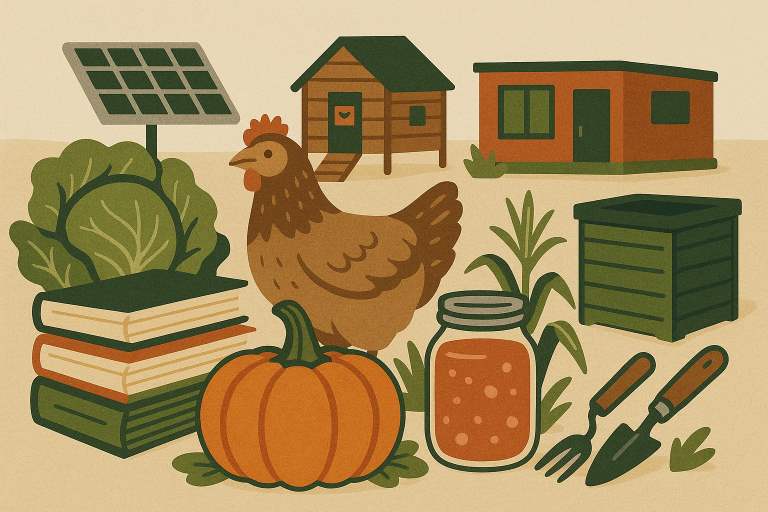Raising pigs on pasture for meat and money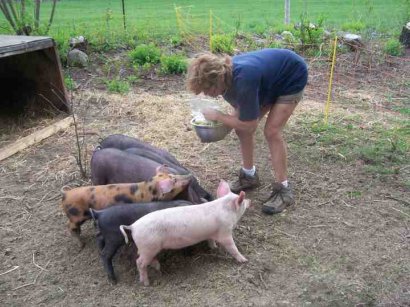 Raising pigs is easy on pasture Raising pigs is easy on pastureRaising pigs on pasture is a great way to fill your freezer with great organic meat, and maybe put a few dollars in your wallet, too.
If you are new to raising pigs. I strongly suggest you start by buying some weaned piglets (weaners) from a local supplier. Keeping breeding stock is another layer of learning and involves additional expense and more robust housing. Carefully Curated Resources For The Homesteader and Prudent Property Owner The world seems to be a little unsettled these days. I'm always looking for ways to make New Terra Farm more self-sufficient and productive. Here's a few of the best ways I've found to make self-sufficiency happen. Useful Homesteader Resources Why we like raising pigs (and why you should try it)Pigs on pasture as a seasonal enterprise has several advantages for the small farmer or land-owner. Here's a few reasons to give pastured pork a try:
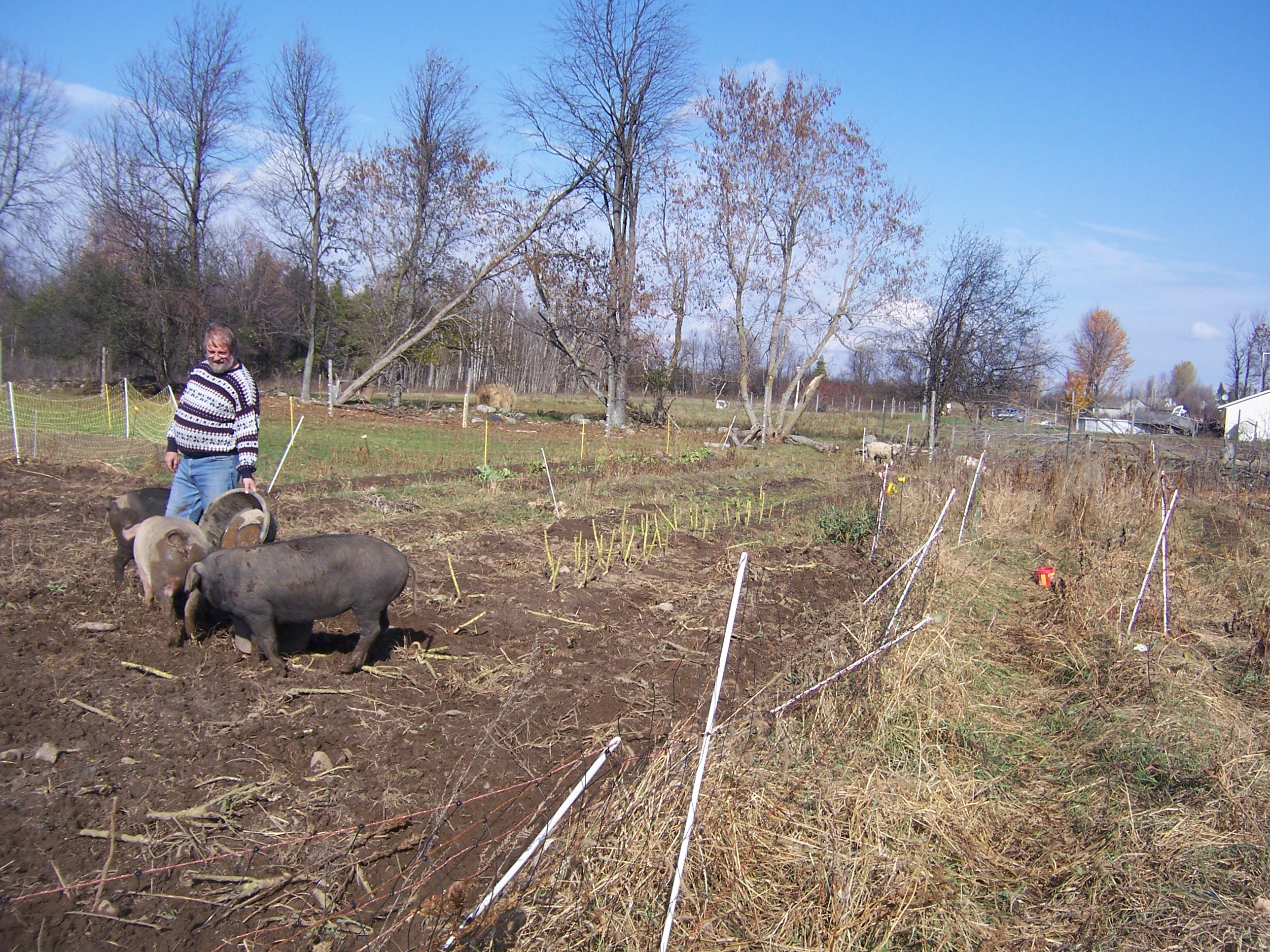 Pigs help clean up our garden Pigs help clean up our gardenHow to get started raising pigsHere's a quick how-to guide to start raising your own tasty pastured pork.
Depending on feed, and how big your want your pigs to get, in about 4 months they will be ready to go to the abattoir. I aim for a live weight of 220-25o lbs. Book ahead; some abattoirs have wait times of several weeks, especially during the busy summer months. 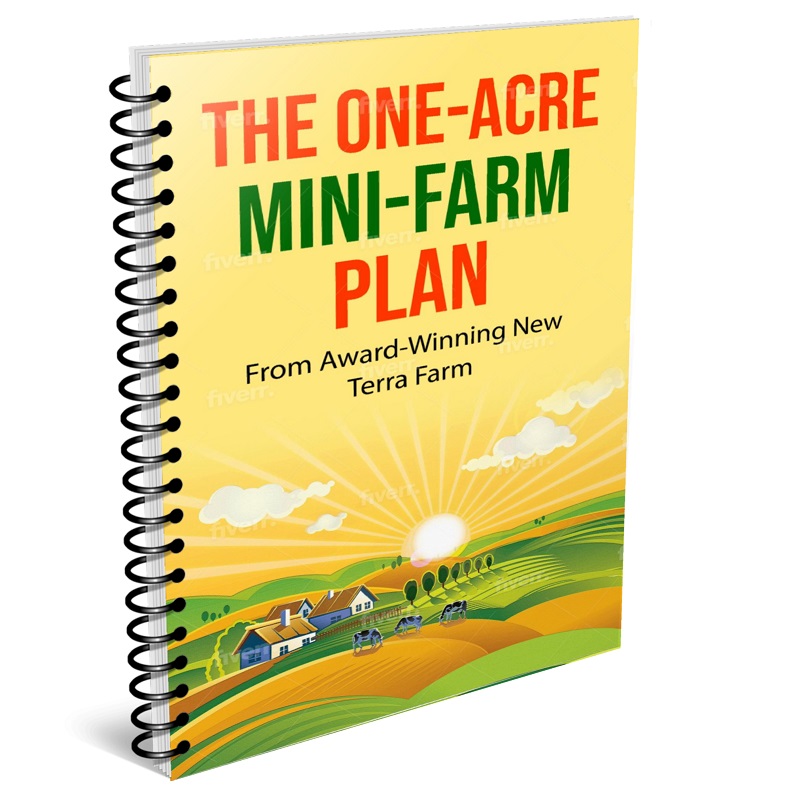 Enter your email to get my free guide Enter your email to get my free guideGet my FREE One-Acre Farm Plan and learn how to raise pigs, chickens and more, integrated with an organic market garden, to
make more money from your small property. Keeping Records
I just keep track of feed costs, abattoir costs and the yield (saleable cuts) from my piggies. I need this information to figure out pricing. 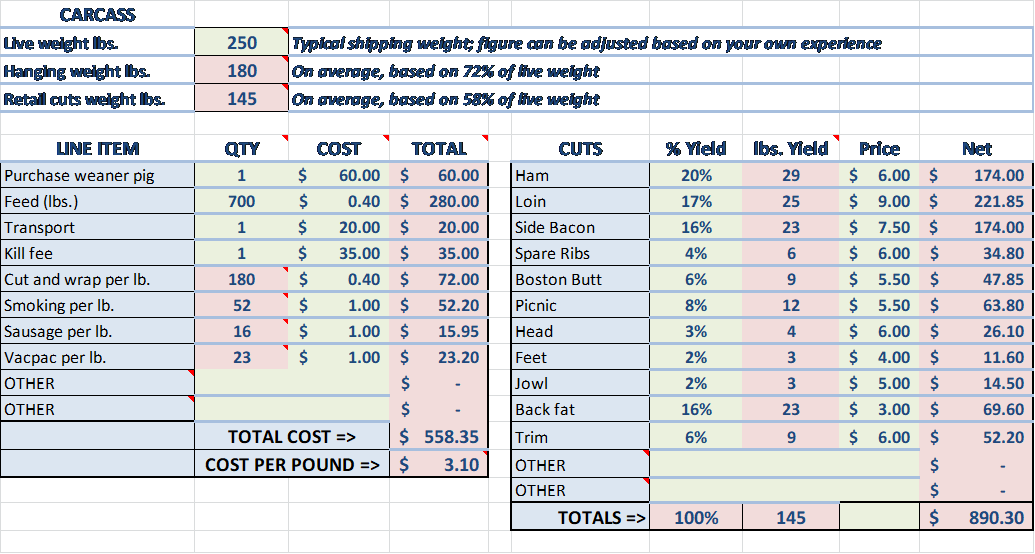 I built my Porkulator spreadsheet to help me calculate costs and prices. I built my Porkulator spreadsheet to help me calculate costs and prices.Selling Your Pastured Pork
I sold all my pork to CSA customers, and I took orders in advance to make sure I could sell all I raised. You can do the same, hit up all your friends, neighbours, your hockey team, your church choir - in short EVERYBODY - and tell them you are raising delicious, free range pastured pork, and if they hurry they can get on the list to buy some. You can ask for a deposit to help cover your start-up costs. I also take a custom cutting order for each piggie. Here's link that explains pork cuts clearly and thoroughly. I include the cutting order form i use in Raising PIgs on Pasture. You also get a copy of my Porkulator software to help you figure out pricing for your pork. And, a long as you're surfing, check out all the Bootstrap Books here. More about Raising Pigs . . .
How to raise a pig for the new country dweller or small grower. Pigs are a great livestock animal for the small operator. And raising pigs in the garden benefits both the animal and the garden crops. Raising pigs for meat on a small property is a great way to put some food in your freezer. Organic pastured pork is leaner and healthier and just tastes better than the 'store-bought' kind. So, how much meat do you get from your typical pastured porker? Other Links of InterestHere's my curated list of micro-farm equipment for the small grower Diversify, but do it smart. Read this before you start. Farm Side hustles that work in the real world If (like me) you would rather build it than buy it, this is for you...
I didn't write this one, but it's an excellent resource for the homesteader or small property owner anyway! The Self-Sufficient Backyard has literally hundreds of plans and practical tools and techniques for the serious homesteader.Written by a couple who have actually done the work. From growing food, to medicinal herbs, solar electricity, root cellaring, growing small livestock, and selling select produce as a side hustle, plus many more money-saving and money-making ideas, this book is an encyclopedia of growing and building knowledge. A must-have in your homestead library. I only write about topics I have personal experience with. The authors of The Self-Sufficient Backyard have done the same. Highly recommended!
|
See something you like? Share!
Recent Articles
-
Best Chicken Coop and Accessories for Small Farms and Homesteads
Nov 15, 25 03:35 PM
Looking for the best chicken coop? Here are the top coops, accessories, nest boxes, and gear to build a safe, productive poultry setup. -
Farm grown reviews of products recommended by New Terra Farm
Nov 07, 25 06:25 AM
Find great farm and garden products in my farm grown reviews -
Community Supported Agriculture Marketing Ideas To Sell Out The Season
Nov 05, 25 05:18 AM
Authentic Community Supported Agriculture marketing ideas to grow loyalty, boost sign-ups, and sell out your CSA every year
